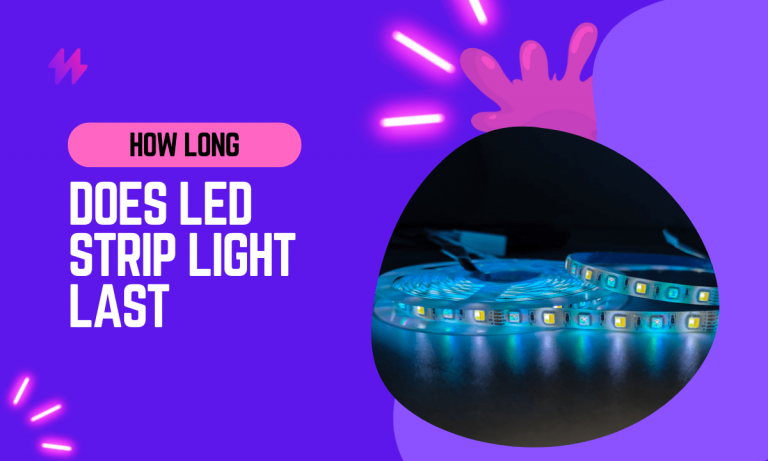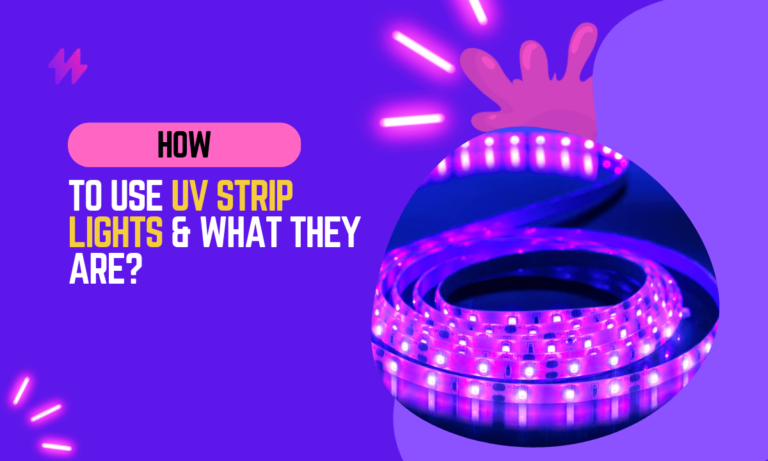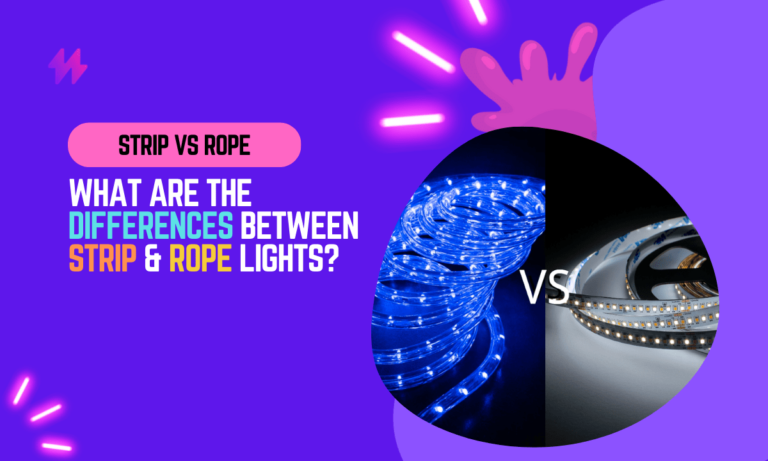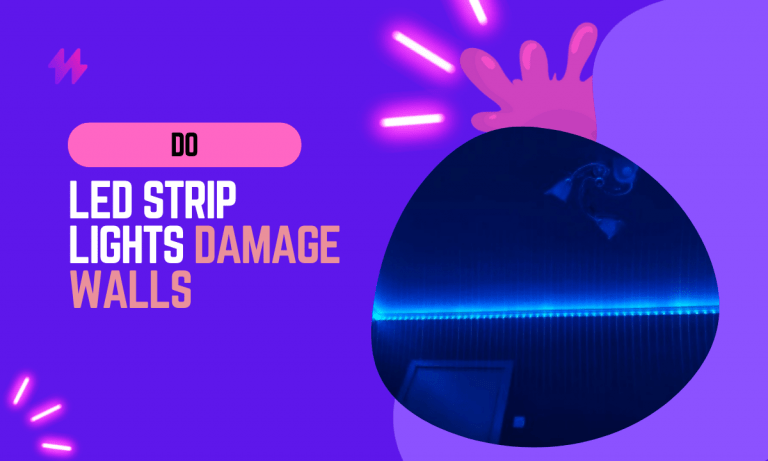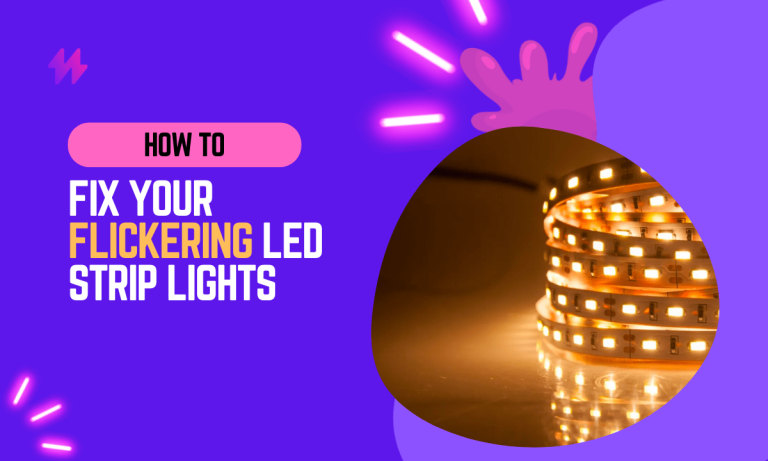Are LED Strip Lights Bad For Your Eyes?
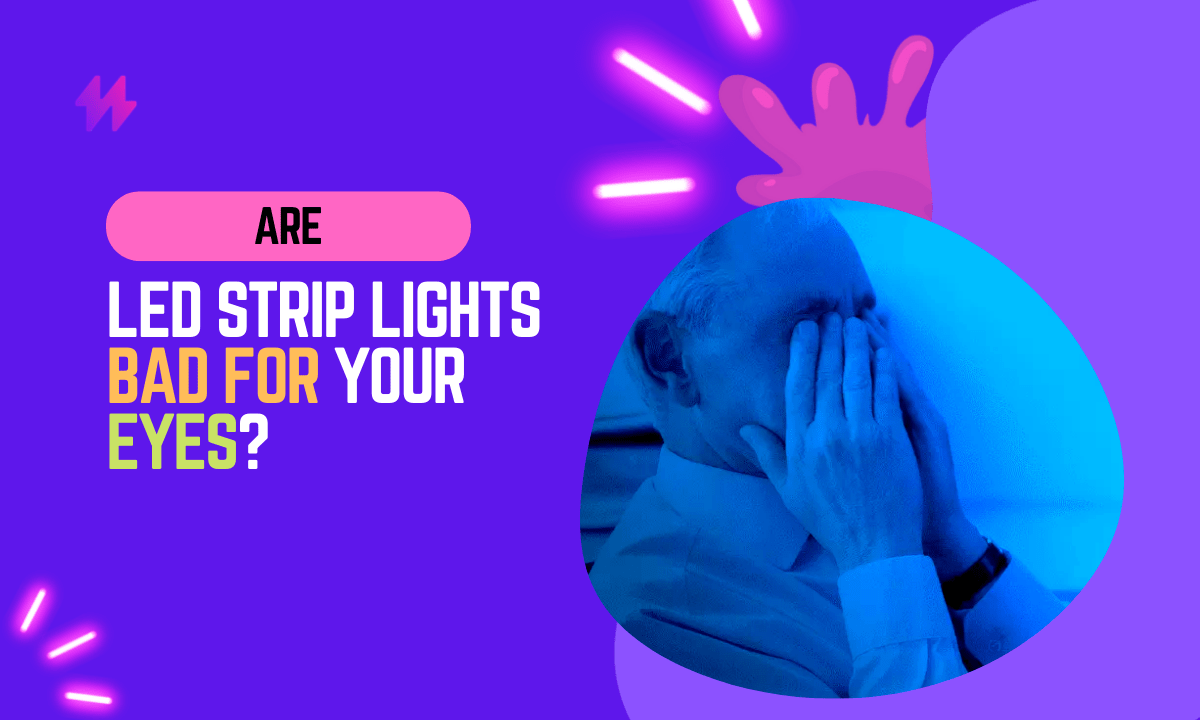
Are LED lights bad for your eyes? The answer to that question is not a simple yes or no. It depends on a number of factors, including the type of LED light, the length of time you are exposed to it, and how close you are to the light source.
But in general, LED lights can harm your eyes if you are not careful. Here’s what you need to know about LED lighting and eye safety.
Do LED Strip Lights Emit Blue Light?
LED strip lights emit blue light, which can cause eye strain and headaches with extended exposure. They can also disrupt our body’s melatonin hormone release, leading to insomnia and fatigue. However, the effects can be mitigated depending on the light color.
While LED strip lights do give off a certain level of blue light, There are ways to manage and limit the amount of blue light emitted by your LEDs or how much you expose yourself to it.
Blue light has several health benefits – it can help you feel more alert and awake, and may even improve your mood.
Although blue light does have some benefits, it also comes with risks that include eyestrain and pain, blurred vision, and dry eyes Focusing on a screen for too long can cause occasional headaches.
Also read: How to add LED strip light for better sleep?
How Can You Protect Your Eyes from LED Light?
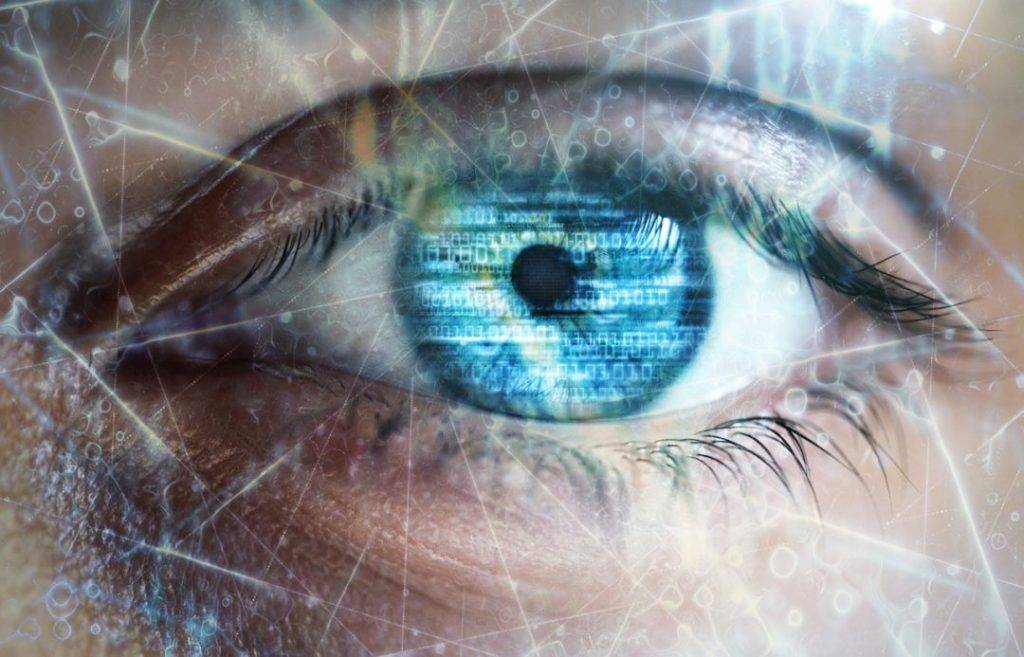
There are a few things you can do to protect your eyes from LED light:
- Use an anti-glare screen protector for your eyes.
- Take breaks often when working or using devices with LED screens/lights. Every 20 minutes, look away from the screen for at least 20 seconds.
- Adjust the brightness of your light.
- Use apps and filters that reduce blue light exposure.
What Is the Safest LED Lighting Color?
The safest LED lighting colors are the one that does not emit blue light. There are two main types of LEDs – white LEDs and RGB LEDs.
White LEDs emit blue light, while RGB LEDs do not. Therefore, if you are looking for an LED light that is safe for your eyes, you should choose an RGB LED.
RGB LEDs are not only safe for your eyes, but they are also more energy efficient than white LEDs. They last longer and use less power, making them a better choice for both your health and your wallet.
Also read: Sleeping with LED Light Strips: Pros and Cons
Final Words
In conclusion, while LED strip lights offer versatile and energy-efficient lighting solutions, concerns about their impact on eye health are legitimate and warrant careful consideration. LED lights, including strips, emit blue light, which has been known to cause eye strain and disrupt natural sleep patterns if overexposed. Prolonged exposure to intense blue light can lead to digital eye strain, characterized by dryness, irritation, and difficulty focusing. This is particularly pertinent in environments where LED strip lights are used for prolonged periods, such as in workspaces or areas used for reading. It is essential to ensure that these lights are not placed directly in one’s line of sight and are diffused adequately to reduce glare, which can further exacerbate eye strain.
Moreover, integrating LED strip lights thoughtfully into your environment can mitigate some of these risks. Using them in combination with other light sources to create a balanced spectrum of light can help minimize the concentration of blue light exposure. Adjusting the color temperature settings, if available, to warmer tones during the evening can also help reduce blue light exposure, aligning better with natural circadian rhythms and preparing the body for rest. For those particularly concerned about blue light, options like LED strips with adjustable color temperatures or the use of filters can be effective alternatives. Ultimately, while LED strip lights are not inherently bad for your eyes, their use should be considered thoughtfully to maintain both visual comfort and overall wellness in lighting designs.
To summarize, LED lights can be bad for your eyes if you are not careful. However, there are ways to protect your eyes from LED light, such as using an anti-glare screen protector, taking breaks often, and adjusting the brightness of your light. Additionally, the safest LED lighting color is one that does not emit blue light, such as RGB or RGBIC LED Lights.

